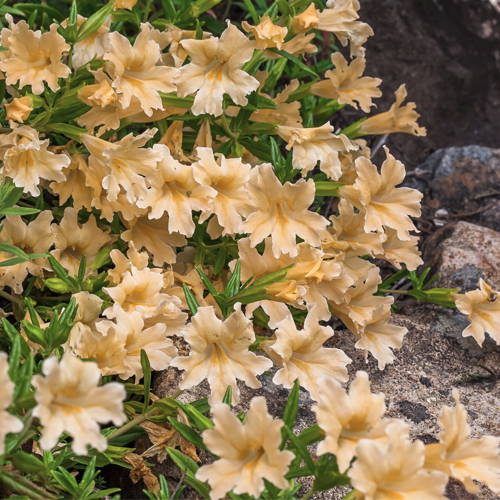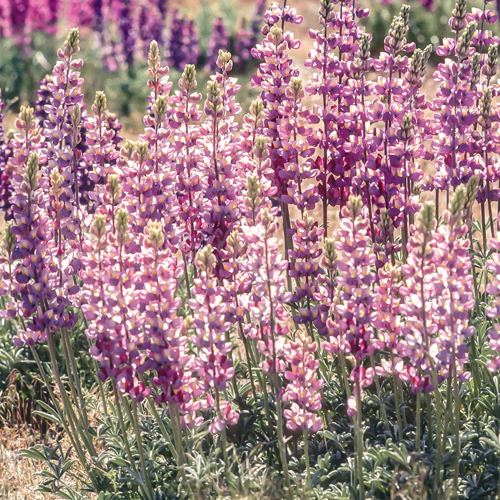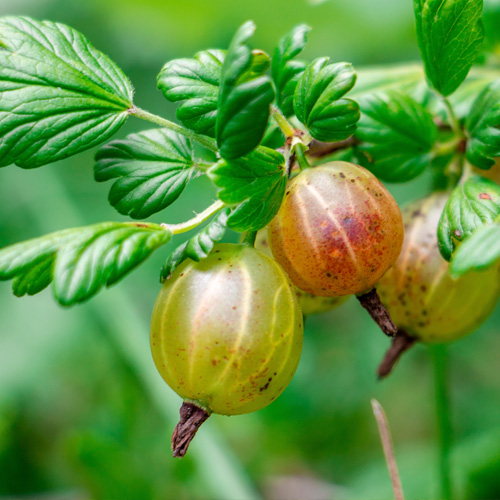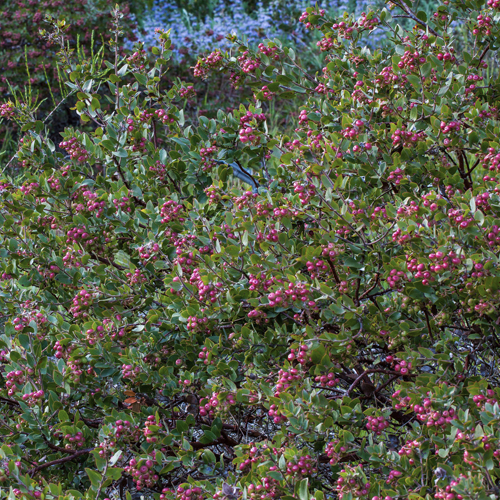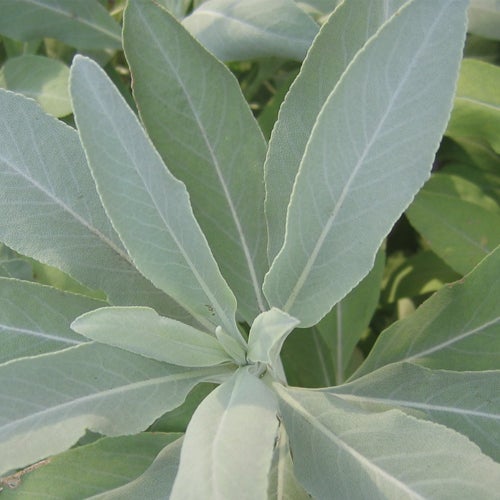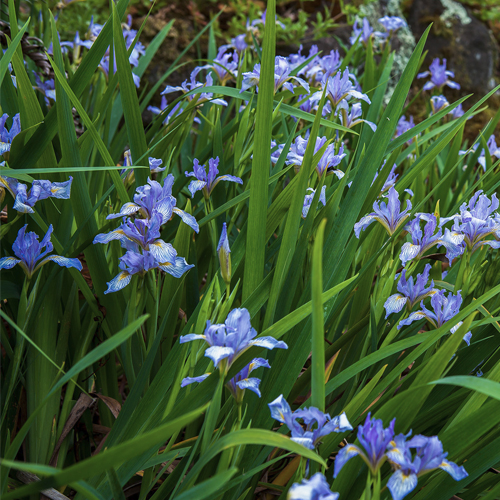A Garden for Wildlife
BACK TO FULL TOUR
Garden Features
Drought Tolerant
Edible Garden
California Natives
Drip Irrigation
Pesticide Free
Reclaimed/Recycled Materials
Sheet Mulching
Smart Irrigation Controller
Lawn Conversion
Permeable Surfaces
Wildlife Habitat
Fire Resistant
Partner: Sonoma County Master Gardeners
When we moved to Sonoma County in 2015, I was worried about the increasing habitat loss and fragmentation, climate change, and species extinction in our world, and I wanted to do something to help. As a gardener, I found the answer was in our land.
Located on the southern edge of Annadel State Park, our property is primarily mature oak woodlands—California live oaks, black oaks, tanbark oaks, and Oregon oaks—with a smattering of California bay laurels, buckeyes, toyons, madrones, and Douglas firs mixed in. All of these trees provide critical food and habitat for a wide variety of native wildlife, from the smallest insects to the largest mammals. But we could do more.
Today, our land is a National Wildlife Federation Certified Wildlife Habitat with gardens featuring a variety of life-enriching California native plants. Chosen for their wildlife value as well as for their attractiveness and scent, these plants support an abundance of insects, birds, and animals with the food and shelter they need to survive and thrive. In particular, drought-tolerant manzanitas, ceanothus, verbena lilacina, woolly blue curls, salvias, monkeyflower, solidago, coyote brush, and a wide assortment of native wildflowers, including lupines, globe gilias, blue-eyed grass, and California poppies, are now at home here. There’s also a small succulent garden that lizards, snakes, and birds visit in the summertime.
Especially important in the dry months, the gardens have several water features, including shallow water dishes for butterflies, moths, and reptiles, birdbaths for birds, galvanized steel tubs filled with native aquatics for amphibians, birds, and mammals, and a rocky fountain and pond, which toads and frogs call home and birds and mammals bathe in/drink from daily.
Depending on the season, there’s a near-constant thrum of pollinators—beetles, butterflies, and bees—buzzing from plant to plant, lapping up nectar and sharing pollen as they go. In the winter, the white-crowned sparrows live in the bank of ceanothus on the southern slope and rummage through the coyote brush and woodland strawberries for insects to eat. Jackrabbits, gophers, squirrels, skunks, even deer—the scourge of many gardeners—are welcome here, snacking on roots, shrubs, grasses, and acorns, but never causing too much damage thanks to the coyotes, bobcats, great horned owls, and mountain lions who snack on them.
Our gardens are young (and I’m still adding more!), but already we’ve seen an enormous difference in the depth and breadth of species within them. And I’ve learned an important lesson in creating them: We don’t need a lot of land to help fight species decline and habitat loss; if we all work together, we can feed, shelter, and rebuild habitat for wildlife one garden at a time.
Day of the Tour:
We will be having a free compost giveaway provided by Zero Waste Sonoma at this garden. Compost will be loose; please bring your own shovels and buckets. Limit 1/2 cubic yard per household. Compost certified organic from WM Redwood facility.
Also, the UC Master Gardener Program of Sonoma County will be hosting a table at this garden on the day of the tour to answer any garden related questions you might have. The UC Master Gardener Program of Sonoma County has been extending information and providing technical assistance to home gardeners since 1982. Stop by their table and say hi!
Special Events
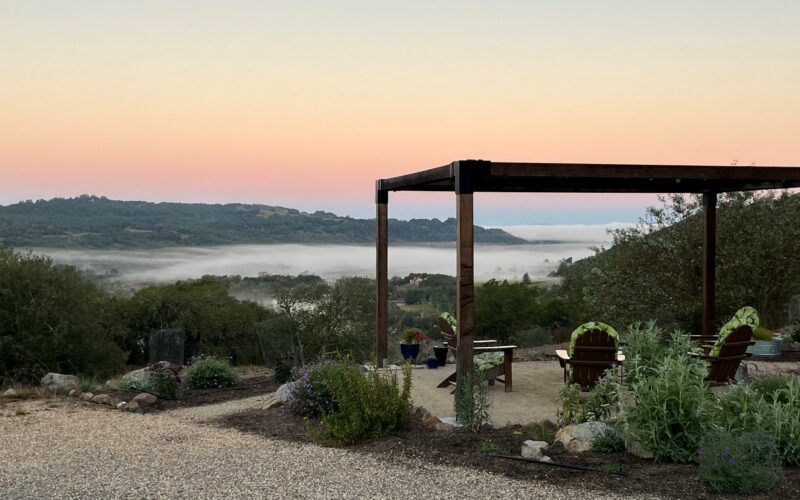
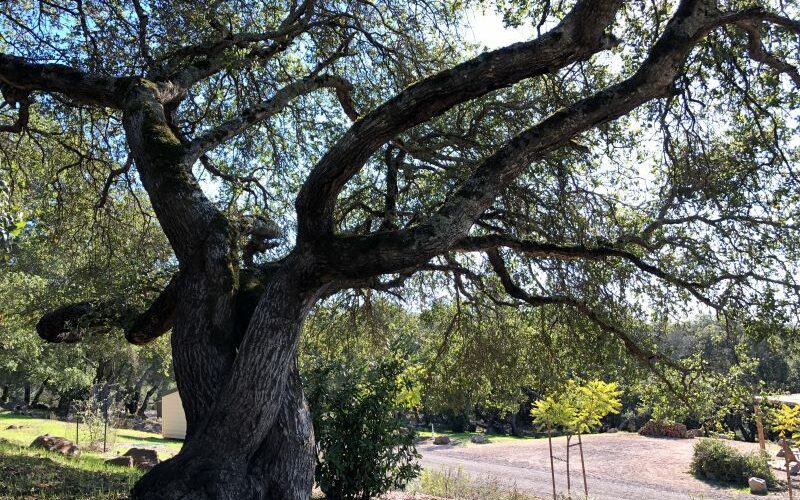
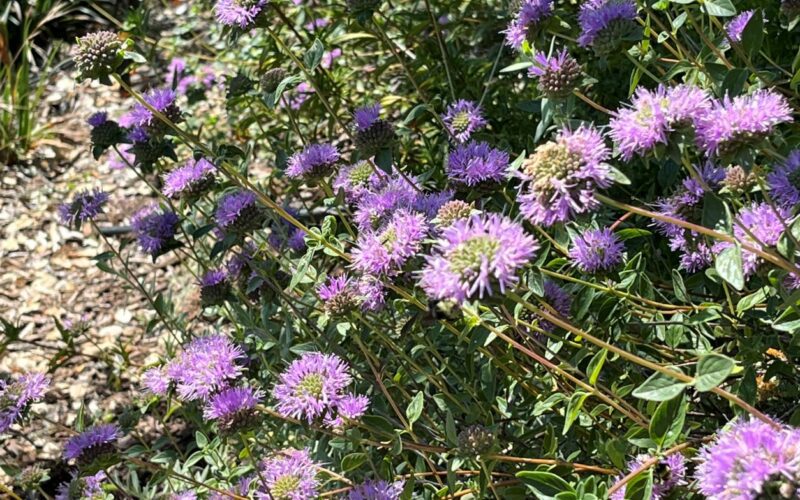
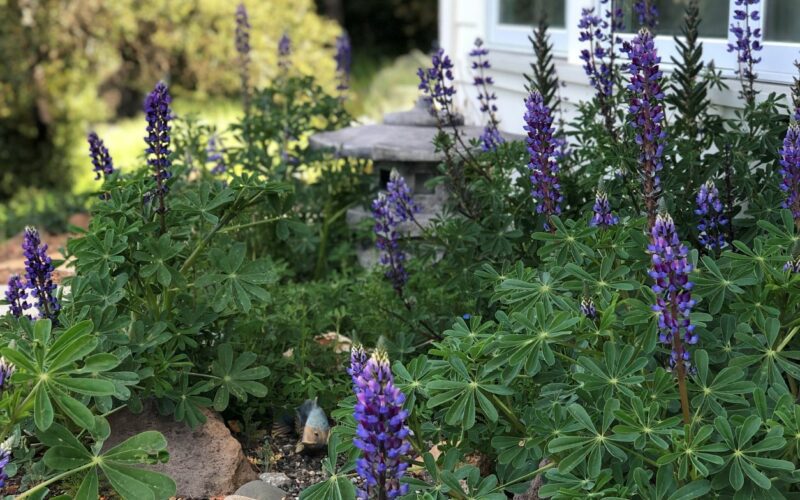
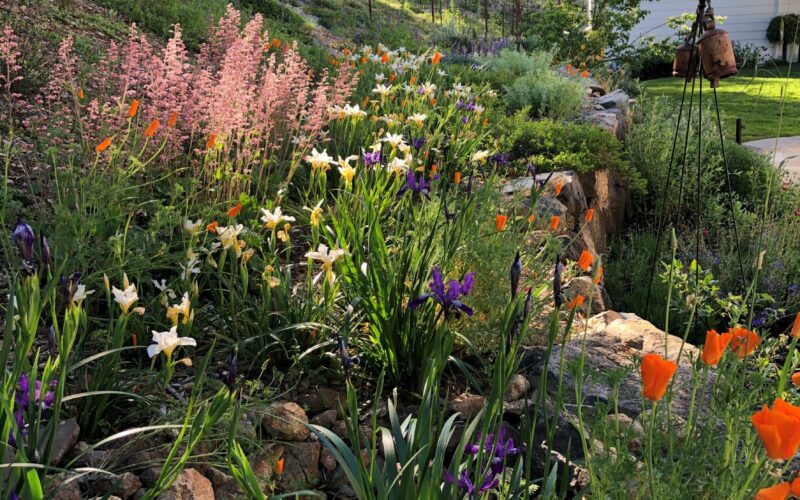
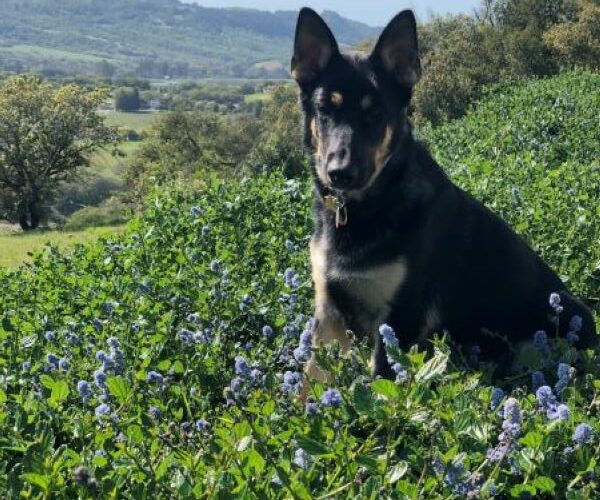
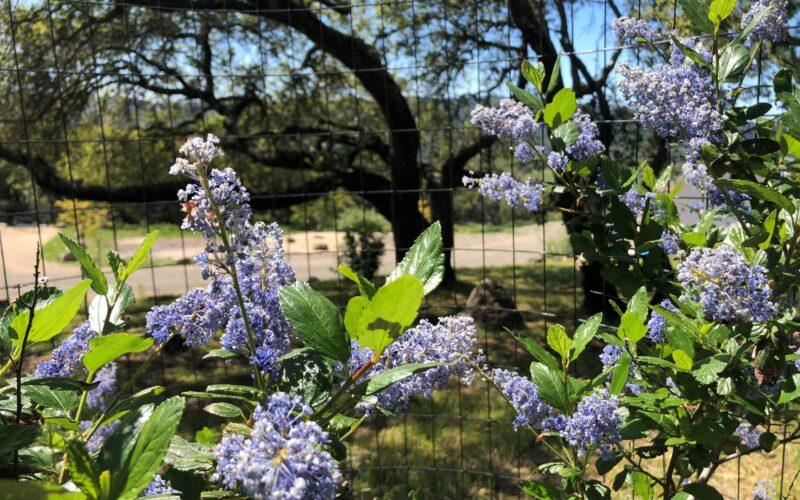
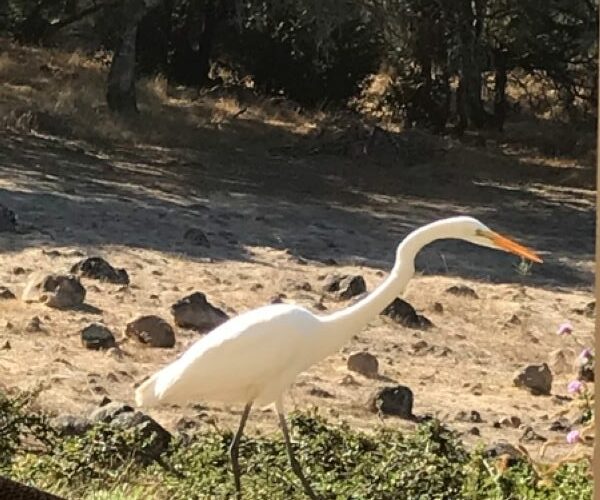
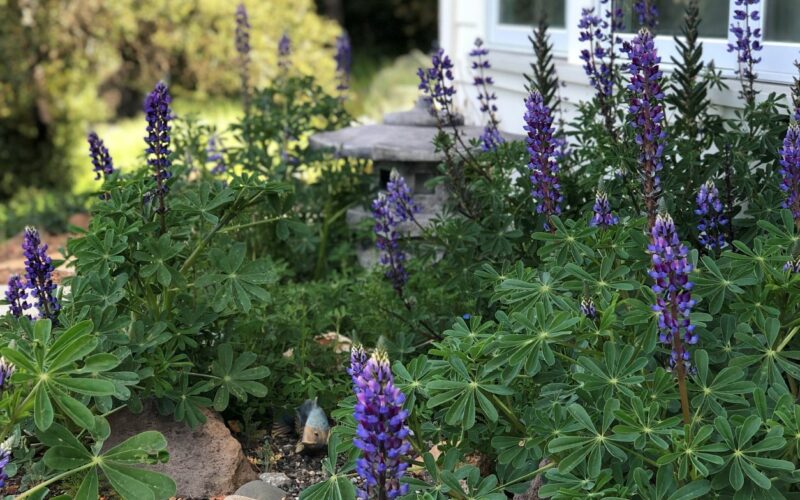
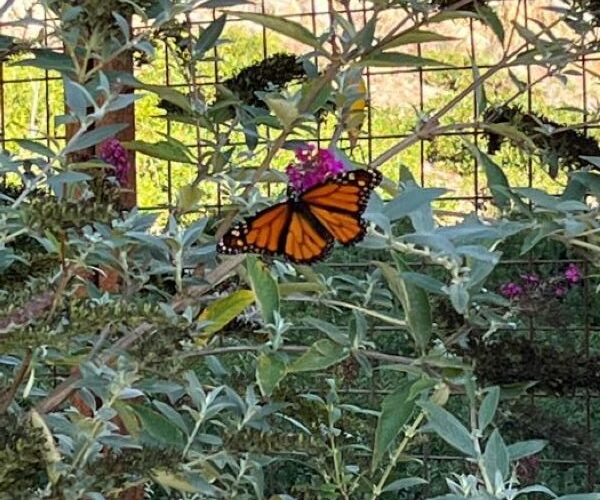
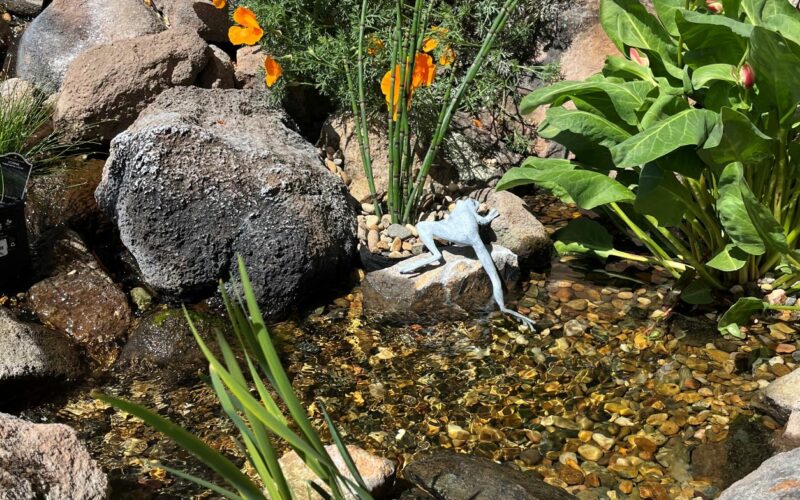
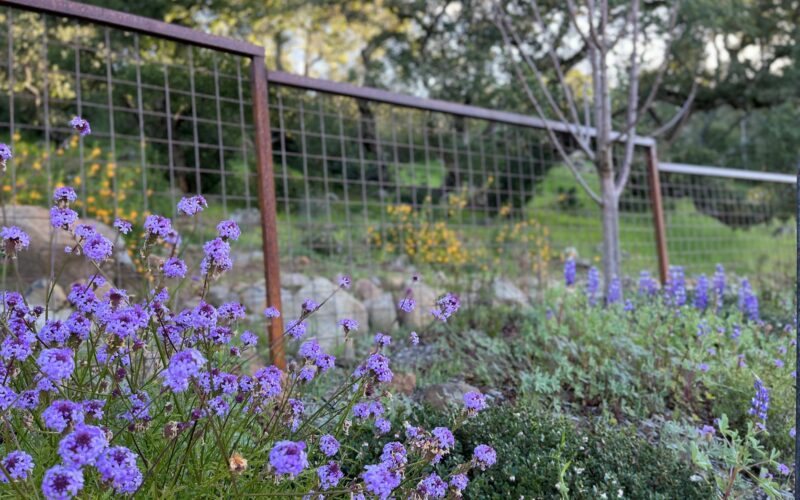
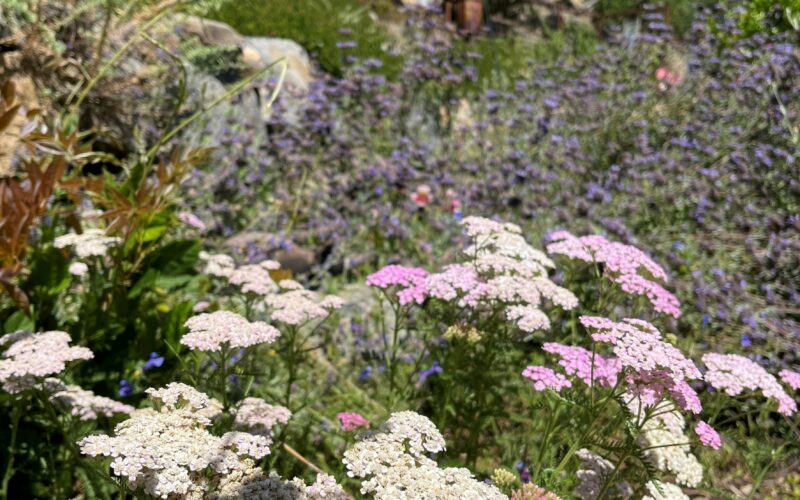
Plants in this Garden
Favorite Plants
Arctostaphylos and Ceanothus
Two beautiful plants with many sub-species that look beautiful in our gardens and provide food and shelter to local pollinators and wildlife.
Verbena lilacina ‘De la Mina’
Easy to grow, blooms year round, and pollinators love it.
Baccharis pilularis
Provides reliable greenery in the garden all year and it’s one of the few plants that bloom in the wintertime when pollinators need it most.
Ribes sanguineum ‘King Edward VII’
I’m not a fan of deciduous plants but this shrub blooms in early spring with absolutely beautiful pendants of pink and white flowers. Makes it worth seeing just sticks in the wintertime!
Heucheras
So many kinds, great for shade, lovely fairy pink blooms that last a long time, and pollinators love them.
Favorite Garden Suppliers
CalFlora Nursery
2990 Somers Street Fulton
Annie's Annuals and Perennials
740 Market Avenue Richmond
Las Pilitas Native Plant Nursery
3232 Las Pilitas Road Santa Margarita
Mail Order Only!
Recommended Resources
Nature's Best Hope
Written by Doug Tallamy. The best explanation I've read on the importance of using native plants in our gardens.Native Plant Gardening for Birds, Bees, and Butterflies, Northern California edition
Written by George Oxford Miller. A great resource for finding the best Northern California natives for your garden.Gardening Tips
Rely on the Sonoma County Master Gardeners website
For answers to any question you might have. It has so much valuable information, including how-to videos, on vegetable gardening, flower gardening, sustainable gardening, water-wise gardening, pruning, irrigation, pest management, composting, landscape design, wildfire preparedness, you name it!
Plant native plants!
They are absolutely critical in helping restore lost habitat and biodiversity and in combating climate change. Even just one native plant in your garden can make a difference!
